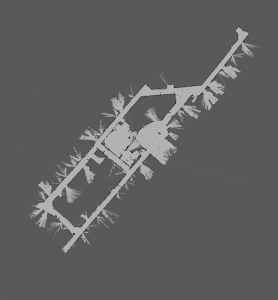The CAR team (http://car.mines-douai.fr) carries research at the frontier of Software Engineering and Robotics. We study software architectures, languages and tools for controlling individual robots. We have developed an expertise in reflective and dynamic languages, as well as component models, for a modular robotic software architectures. Besides, our research also addresses coordination and cooperation in robotic fleets. We mainly focus on communication models as well as emerging or predefined organizations for multi-agent robotic systems.
The post-doc position is part of the CAIRE project. The goal of the project is to propose innovative solutions for the agile development of robotic software. The study will be validated by developing new robotic-based exploration and mapping solutions.
The candidate must have a PhD in Computer Science or Robotics, should demonstrate strong programming skills, and have research interests in at least one of the following areas:
- modularity and software composition
- programming languages design
- agile software development
- robotic middleware
- control architectures for robots
- multi-agent robotic systems
Important information:
-Workplace : Douai (Lille area), France
-Start: Between May and October 2013
-Duration : 18 months
-Salary approx. 2000 Euros.
To apply, please send your CV + references to : noury (DOT) bouraqadi (AT) mines-douai.fr

